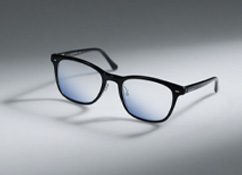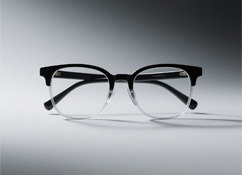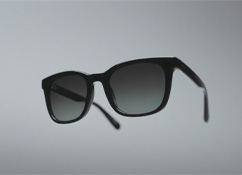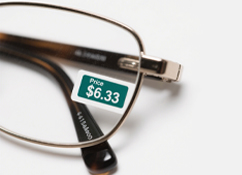Does Phone “Eye Protection Mode” Actually Protect Your Eyes? Here’s the Truth
We’ve all been there: It’s late, you’re scrolling through your phone in the dark, and you hit that “eye protection mode” to make the screen glow warm yellow. But does it really help your eyes? The answer isn’t as simple as “yes” or “no”—let’s break down how it works, its limits, and what actually keeps your eyes healthy.
How Eye Protection Mode Works
Phone screens light up using three colors: red, green, and blue. Blue light is the troublemaker here—it has short wavelengths and lots of energy, and too much of it might damage your retina over time (though research is still mixed).
Eye protection mode cuts down on blue light and shifts your screen to a warmer, yellower tone. The idea? Less blue light means less eye strain, especially at night.
When Eye Protection Mode Falls Short
It sounds good, but this feature isn’t a magic fix. Here’s where it drops the ball:
Effectiveness varies a lot between phones
Not all eye protection modes are created equal. Some cheap phones just make the screen yellow without actually reducing blue light. Only high-end models (like flagship iPhones or Samsung Galaxies) have tech that truly filters harmful blue light. If your phone’s “eye protection” feels like a gimmick, it might be.
It can’t replace good habits
Eye protection mode only tackles blue light. Staring at your screen for hours, holding it too close, or scrolling while lying down? Those still strain your eye muscles, leaving you with tired, achy eyes.
It messes with color accuracy
That yellow tint warps colors—bad news if you’re a designer, photographer, or just someone who cares about how photos look. If you’re editing pictures or picking out paint colors, turn it off.
What Eye Protection Mode Can’t Stop
Blue light isn’t the only thing tiring your eyes. These issues slip right past the mode:
Screen flicker
Even “low-flicker” screens flicker fast enough to strain your eyes over time—eye protection mode doesn’t fix that.
Less blinking
When you’re glued to your phone, you blink half as much as normal. That dries out your eyes, leading to dry eye (itchy, gritty-feeling eyes).
Sleep mix-ups (if overused)
Blue light at night can mess with your sleep cycle (it suppresses melatonin, the “sleep hormone”), so eye protection mode might help there. But during the day, blue light keeps your circadian rhythm on track—using eye protection 24/7 could throw off your sleep schedule even more.
Actually Effective Ways to Protect Your Eyes
Eye protection mode is a nice extra, but these habits matter way more:
Match your screen to your environment
Use “auto-brightness” so your screen isn’t brighter or dimmer than the room you’re in. A screen that’s too bright (or too dark) strains your eyes fast.
Watch your distance and posture
Hold your phone at least 12 inches (30cm) from your face. And skip scrolling while lying down—propping your head up unevenly tenses your eye muscles.
Take breaks with the 20-20-20 rule
Every 20 minutes, look at something 20 feet (6 meters) away for 20 seconds. It sounds small, but it gives your eyes a chance to relax.
Get outside more
Spending 2+ hours outdoors daily isn’t just good for your mood—it lowers the risk of nearsightedness, especially in kids. Natural light helps your eyes develop healthily.
FAQ: Eye Protection Mode & Your Eyes
Q: Should I use eye protection mode all day?
A: Probably not. It’s most helpful at night (to avoid messing with sleep), but during the day, let your eyes get some natural blue light—it keeps your sleep cycle regular.
Q: Does it help with eye strain?
A: A little, but not as much as taking breaks or adjusting your screen brightness. Think of it as a “nice to have,” not a must.
Q: Are there better alternatives to eye protection mode?
A: Blue light glasses (if you pick a quality pair) can filter blue light without tinting your screen. But again, nothing beats limiting screen time.
The Bottom Line
Eye protection mode isn’t useless—it can take the edge off late-night scrolling. But it’s no excuse to stare at your phone nonstop. Less screen time, better posture, and regular breaks? Those are the real secrets to keeping your eyes happy.











